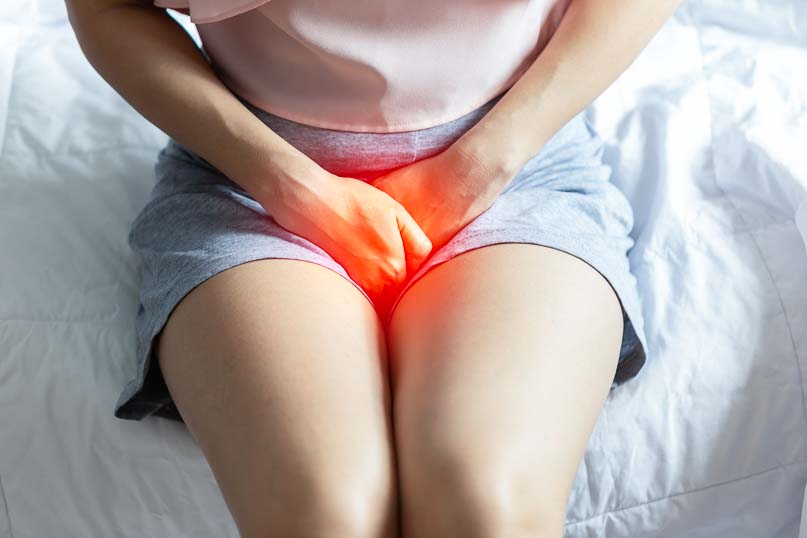After childbirth, a woman’s body undergoes an intense period of recovery and transformation. Pregnancy and delivery place significant strain on the muscles, ligaments, and organs. A postnatal physiotherapy check-up is a crucial step to assess the body’s condition, identify any imbalances, and initiate optimal recovery. Here’s why and how to undergo this essential postnatal assessment.
What is a Postnatal Physiotherapy Check-Up?
The postnatal check-up is a comprehensive evaluation performed by a specialized physiotherapist. Its main goal is to assess the condition of the pelvic floor, abdominal muscles, posture, and any pains resulting from childbirth. It aims to:
- Evaluate the body’s condition after pregnancy and delivery.
- Detect dysfunctions (pelvic floor weakness, abdominal diastasis, muscle or joint pain).
- Create a personalized rehabilitation program to restore strength, mobility, and overall well-being.
The check-up is particularly recommended 6 to 8 weeks after childbirth, once the body begins its natural recovery process.

Why Should You Have a Postnatal Check-Up?
Pregnancy and childbirth can have immediate or delayed effects on the body. Some issues may go unnoticed in the early weeks but develop over time if left untreated. The check-up allows for the following:
Assessing the Pelvic Floor
The pelvic floor undergoes significant pressure during pregnancy and delivery. If weakened, it can lead to issues such as urinary incontinence, heaviness sensations, or prolapse (organ descent).Examining the Abdominal Muscles
The separation of the abdominal muscles, known as diastasis recti, is common after pregnancy. The physiotherapist checks abdominal tone and provides exercises to gently restore the core.Correcting Postural Imbalances
The weight of the belly, hormonal changes, and new postnatal habits (carrying the baby, breastfeeding, etc.) can create muscle tension and back or neck pain. The check-up helps restore a balanced posture.Treating Pain and Tension
Persistent pain (sciatica, pelvic pain, scars from a cesarean section or episiotomy) is common after delivery. The physiotherapist relieves these areas through manual techniques and targeted exercises.Safely Resuming Physical Activity
The physiotherapist guides you to progressively resume a tailored physical activity, focusing on overall muscle strengthening and gentle core training to respect the postpartum body.

How Does a Postnatal Check-Up Work?
A postnatal physiotherapy check-up typically involves several steps:
Discussion and General Assessment
The session begins with a discussion to understand your delivery, symptoms (pain, urinary leaks, fatigue), daily habits, and recovery goals.Pelvic Floor Assessment
The physiotherapist performs a gentle examination to check pelvic floor strength and functionality. This helps detect weakness, hypertonicity, or lack of coordination.Abdominal Examination
Using palpation, the physiotherapist identifies a potential diastasis recti (separation of the abdominal muscles) and recommends exercises to strengthen the core safely.Posture and Pain Analysis
The physiotherapist observes your posture, any muscle imbalances, and areas of tension to propose tailored adjustments.Personalized Rehabilitation Program
Based on the results of the assessment, a program is established to:- Rehabilitate the pelvic floor with targeted exercises.
- Strengthen deep abdominal muscles to stabilize the core and avoid pressure on the pelvic floor.
- Improve posture through stretching, gentle core exercises, and postural corrections.
- Relieve pain with manual techniques, gentle mobilizations, and, if needed, massages.
What to Expect After the Check-Up?
Following the check-up, several rehabilitation sessions may be recommended, particularly for the pelvic floor and abdominal muscles. Rehabilitation is done progressively, gently, and always tailored to each woman’s needs.
- Pelvic floor rehabilitation: To strengthen, tone, or relax the pelvic floor using manual techniques, biofeedback, or electrostimulation.
- Abdominal rehabilitation: Focused on the deep muscles (transverse abdominis) to avoid exercises that create excessive intra-abdominal pressure.
- Postural corrections: To restore balance, mobility, and relieve tension.
What Are the Benefits of a Postnatal Check-Up?
A postnatal physiotherapy check-up offers numerous benefits:
- Prevention of complications: urinary incontinence, prolapse, chronic pain.
- Restoring a functional and strong pelvic floor.
- Improving posture and relieving muscle tension.
- Safely restoring abdominal strength without risking injuries.
- Gradual and safe resumption of physical activity.

Conclusion: An Essential Step for Self-Care
The postnatal physiotherapy check-up is a vital step for new mothers to reclaim their bodies after childbirth. It promotes optimal recovery, prevents complications, and supports women in achieving overall physical and mental well-being.
Don’t wait to take care of yourself! Consult a specialized physiotherapist for your postnatal check-up and start your rehabilitation journey with confidence. Your body will thank you.



